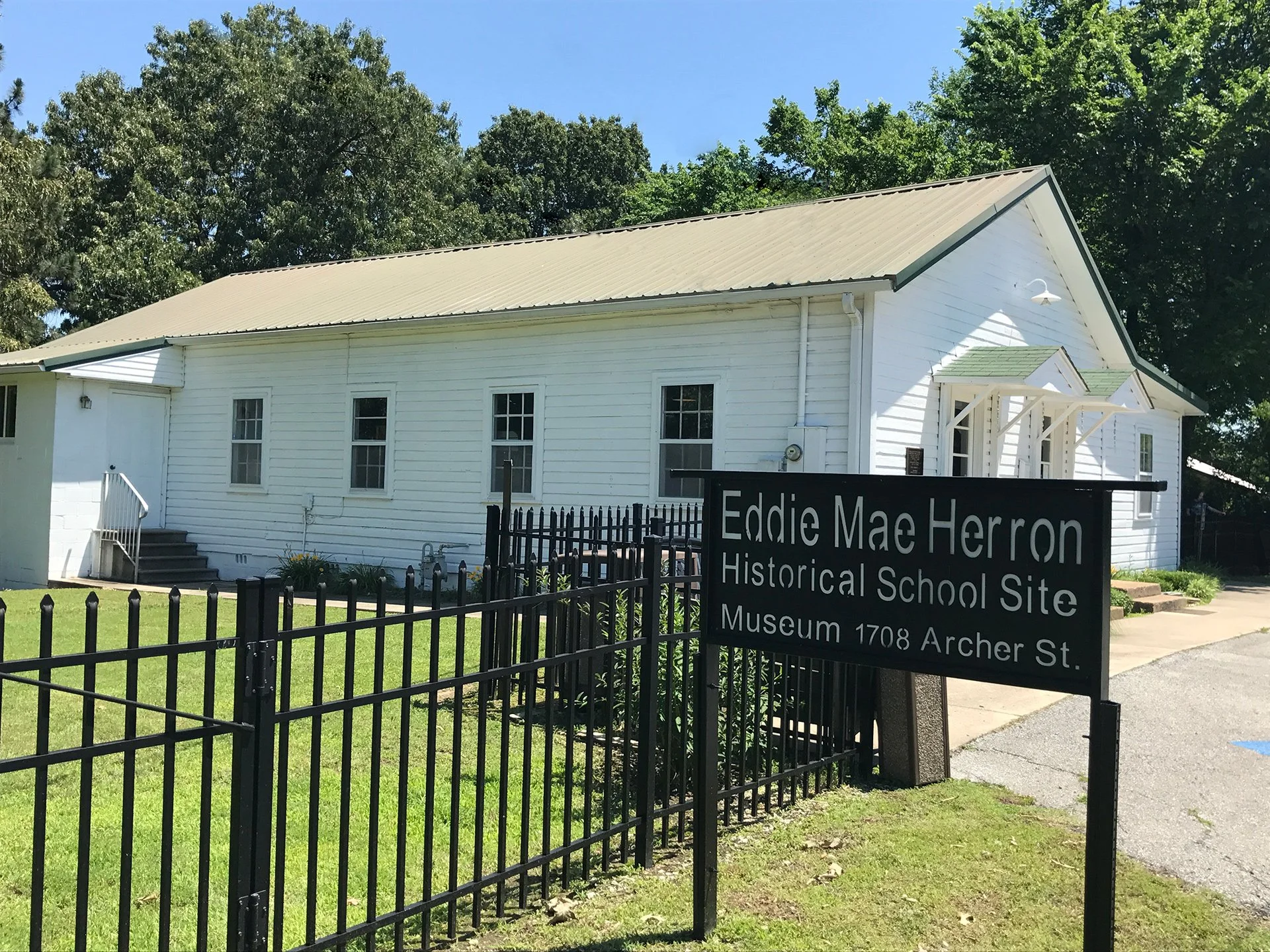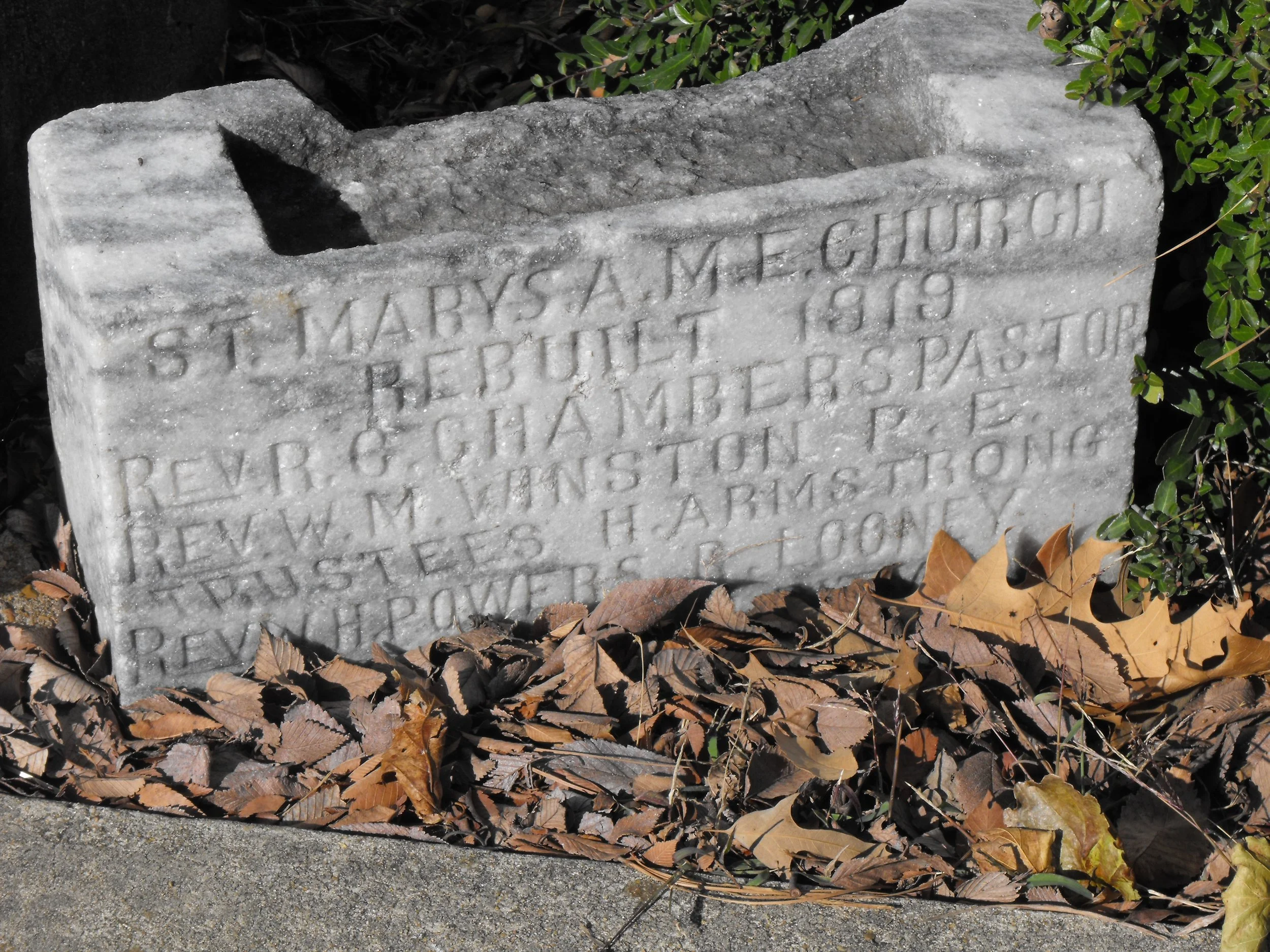
Our History
A Place in History
The Eddie Mae Herron Center is one of the few surviving landmarks of the era when Black Arkansans were denied equal education and opportunity. More than a building, it is a symbol of resilience and belonging—a place where generations gathered to worship, learn, and celebrate. Preserved by community effort, it now serves to teach the history that too often went untold
Faith & Beginnings (1864–1919)
Before 1865, a small group of African Americans in Pocahontas dreamed of creating a place of their own to worship and gather. They formed the Union Aid Society, raising funds through suppers and “jug-breaking” events to build what became St. Mary’s AME Church—known locally as St. Mary’s Chapel. By 1919, the congregation had moved to Archer and Pratt Streets, where the church also served as a school for Black children.
Building a Community Hub (1918–1948)
In 1918, trustees of St. Mary’s AME purchased land in the Shannon Addition, where they built the modest one-room structure still standing today. Under the leadership of Deacon Henry Taylor, the building became a vital center for worship and community. By the 1930s, it also operated as a school, giving local children access to education despite limited resources and short terms.
The Pocahontas Colored School (1948–1964)
After an agreement with the Pocahontas School District in 1948, the church formally became the Pocahontas Colored School. Though technically still a church, its primary role shifted to education. Mrs. Eddie Mae Herron was the only teacher, teaching generations of students in this single-room school until integration came in 1964, closing the chapter on segregated schooling in Pocahontas.
A Place for Children (1964–1985)
Following integration, the building entered a new phase as the McDonald Head Start/Day Care Center. Modifications like a kitchen and additional rooms adapted it for preschool and daycare needs, serving local families for nearly twenty years before closing in 1985.
Restored by Community (1986–2000)
Concerned about the building’s decline, Roland and Helen McCarroll sought permission to reopen it as a Senior Center in 1986. Soon, quilting, crafts, and community meals filled the space, and the building once again became a vital hub for the African American community
Becoming the Eddie Mae Herron Center (2000–Present)
In 2000, former students and community leaders—led by Pat Johnson—organized a preservation effort, establishing the Eddie Mae Herron Center. Through donations, grants, and local support, the building was restored and placed on the National Register of Historic Places. Today, the Center stands as a museum and cultural site, telling the story of African American life in Randolph County while continuing to serve the community




